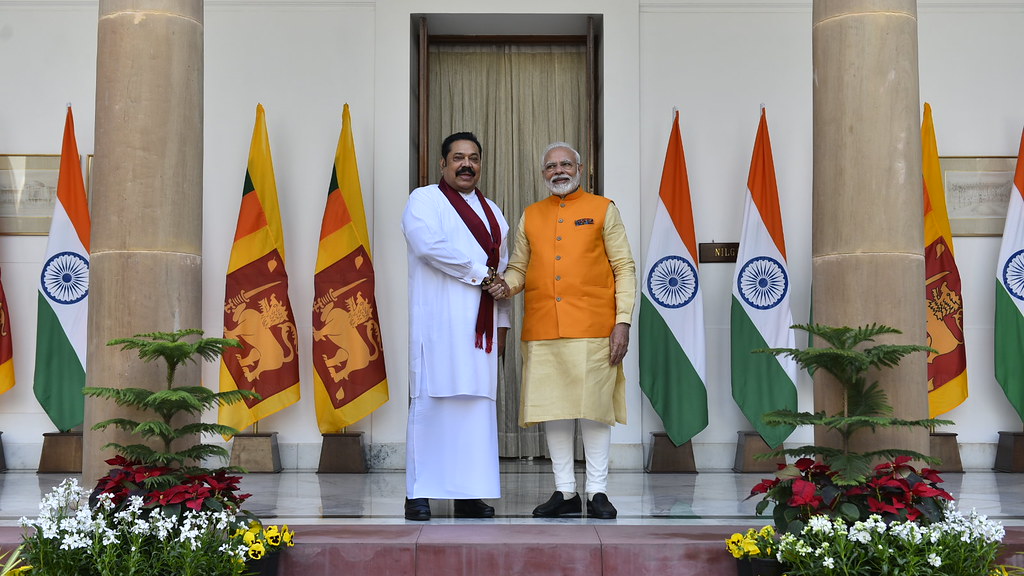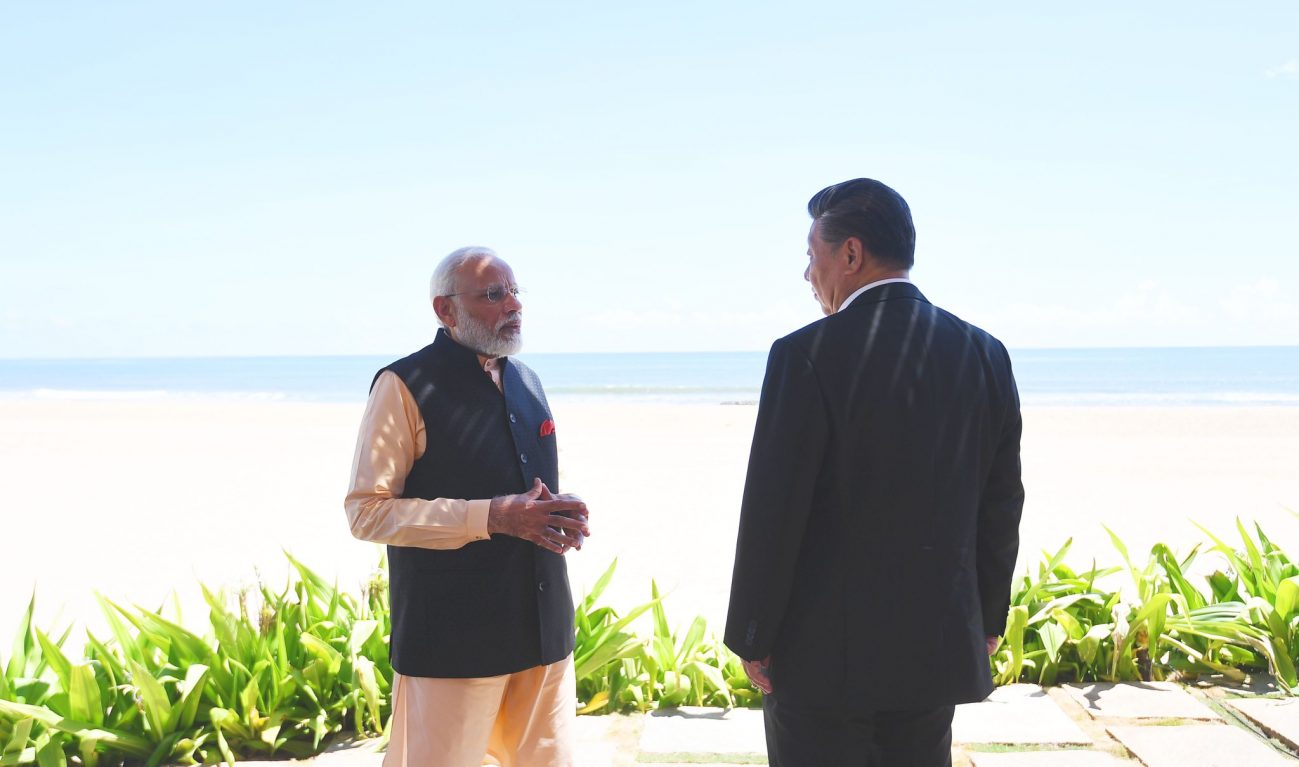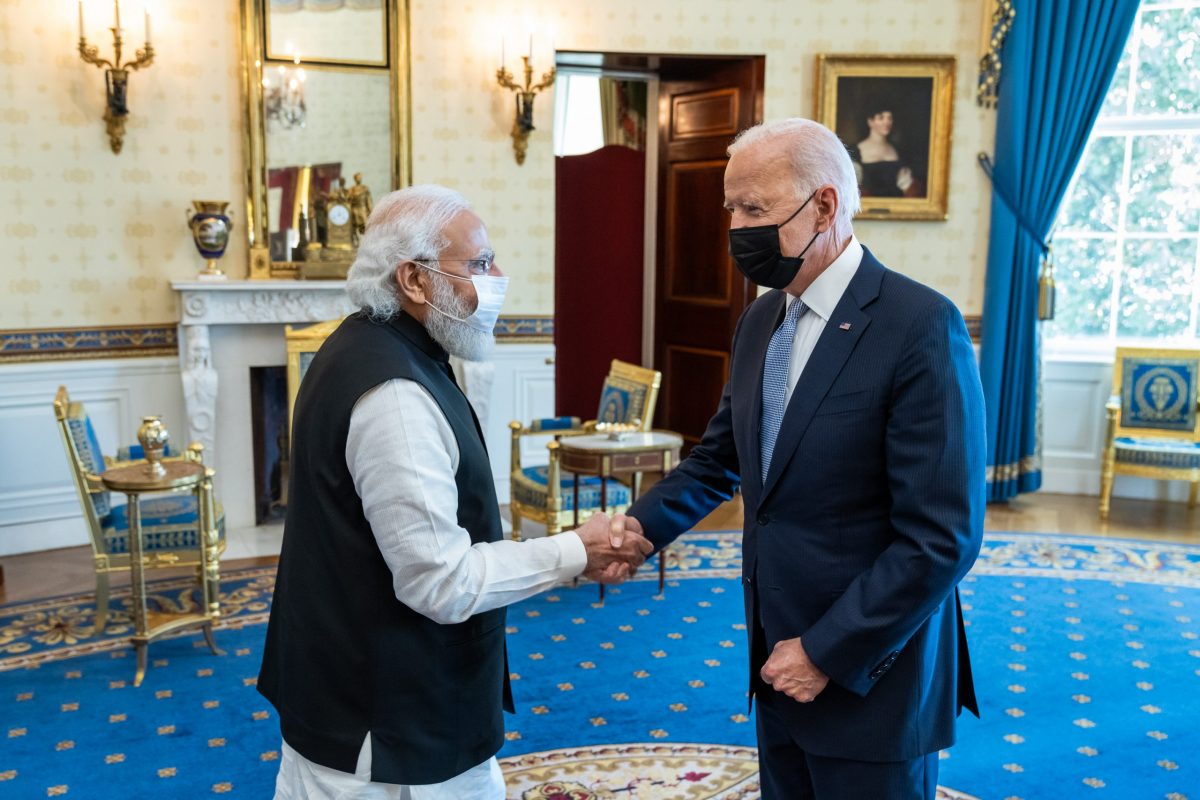Sri Lanka, the Indian Ocean littoral state whose economy primarily depends on tourism, has been ravaged by debt and a depleted foreign exchange reserve, to the point that the country has been staring at a massive food and fuel shortage.
The pandemic aggravated the economic crisis that was already brewing since 2019. While the island nation reached out to two of its most trusted partners, only one came to its rescue.
The country’s Energy Minister, Uday Gammanapila, released a statement on January 17 claiming that the entire country would be plunged into darkness by January 19, according to the Daily Mirror. Due to fuel scarcity in Sri Lanka, the Sapugasakanda Thermal Power Station was forced to stop operations.
India reached out to help to save its neighbor from drowning in darkness. According to the Indian High Commission in Sri Lanka, New Delhi has offered Colombo $500 million to purchase petroleum products as it stares at a potential country-wide blackout owing to fuel shortage.
A friend holds out a helping hand again!!!Energizing bilateral economic partnership,#India offers a credit line of USD 500 mn to ?? for purchase of petroleum products.Critical support by ?? follows a discussion between EAM @DrSJaishankar &Hon'ble Fin Minister @RealBRajapaksa 1/2 pic.twitter.com/5YrHee1VuI
— India in Sri Lanka (@IndiainSL) January 18, 2022
India’s aid came at an opportune moment. This assistance comes over and above the credit previously pledged by India to assuage Sri Lanka’s economic woes.
Earlier, after the meeting between the Sri Lankan Finance Minister Basil Rajapaksa and Indian External Affairs Minister S. Jaishankar, both sides had come up with a “four-pronged” plan that comprised lines of credit for fuel, food, and medication imports, currency swaps and debt deferrals from India to Sri Lanka, and the completion of the Trinco-oil farms project.

Sri Lanka’s Dilapidated Economy
India extended a $900 million loan and another $1.5 billion for two credit lines to help Sri Lanka purchase food and fuel. When the decision for aid was taken, Colombo was yet to decide whether to pay the debt to the tune of $500 million or heed the calls regarding deferring it in order to meet the urgent requirements within the country.
Not paying the loans would have resulted in a default. It was a test for Sri Lanka, whose credit ratings had been downgraded.
Finally, the Sri Lankan Central bank announced on January 18, 2022, that the country had repaid a $500 million international sovereign bond (ISB) that was due for settlement, preventing a major default in the midst of the island nation’s increasing forex crisis and spiraling external debt.
Nevertheless, the Indian aid came at a moment when Sri Lanka desperately needed it and helped it decide whether it could afford to make the repayment or not.
❗️Daily power cuts that last about 04 hours are likely if Sri Lanka fails to secure a large USD loan at least by March 2022.
Country must be prepared to make sacrifices now itself, and politicians should lead by example.
– Minister of Energy @UPGammanpila #lka #SriLanka
— Dasuni Athauda (@AthaudaDasuni) January 21, 2022
The Indian Ocean island is currently facing its worst economic crisis in history which includes a credit crunch, a drop in GDP due to COVID-19 losses in tourism, exports, and remittances, dwindling foreign reserves from $7.5 billion in 2019 to $1.6 billion in November 2021, and looming debt repayments of more than $7 billion in 2022. While it has paid the current debt, there’s another payment due in July this year.
Sri Lanka had apparently approached two of its closest partners, India and China. While India provided the requisite assistance, China remained non-committal on Colombo’s request.

Interestingly, a major chunk of the debt that Sri Lanka is supposed to settle this year involves Chinese loans. Foreign analysts have long highlighted how the island nation has suffered under the Chinese debt trap.
China’s Lukewarm Response
Sri Lanka is a key part of China’s Belt and Road Initiative and in a way, its most convenient gateway into the Indian Ocean Region (IOR). Over the previous decade, China has provided Sri Lanka more than $5 billion (£3.7 billion) for infrastructure projects such as roads, airports, and ports. However, detractors claim that the funds were spent on ineffective initiatives with minuscule returns.
After international financial markets, the Asian Development Bank, and Japan, China is Sri Lanka’s fourth-largest lender. It is widely known how Beijing has gained control of its strategic assets such as the Hambantota Port and the Colombo Port city using its debt trap.
Earlier this month, the Chinese foreign minister Wang Yi was on a visit to Sri Lanka when the latter made a slew of demands to China so as to tide over the economic crisis. Sri Lankan President Gotabaya Rajapaksa reportedly asked China to look at debt restructuring.
Sri Lanka recently announced it was in talks with Beijing for a large loan from China to meet its massive debt. #AFDaily
For the day’s biggest economic stories from Asia, read our newsletter: https://t.co/9eMyYmf0Sp pic.twitter.com/UX8qlUROOB
— Asia Financial (@Asia_Financial) January 19, 2022
China was also asked to provide “concessional” terms for its exports to Sri Lanka, which totaled roughly $3.5 billion last year, according to the statement, but no further details were provided, according to a BBC report.
While Beijing reportedly agreed to a currency swap amounting to $1.5 billion, it has effectively ignored the demand from Colombo regarding a look at debt restructuring.
China, Sri Lanka pledge to further develop bilateral relations, carrying forward spirit of the Rubber-Rice Pact https://t.co/lkl9avdj0i pic.twitter.com/HybUytUCJE
— China Xinhua News (@XHNews) January 10, 2022
The West has often labeled the Chinese lending to Sri Lanka as a broad effort at debt-trapping the country with the intention of acquiring its strategic assets.
“The Chinese have started a line of criticism saying US and Indian media are hyping SL’s debt trap and that this is really the result of SL’s own borrowing over the years, improper management and because of the impact of the terrorist attacks in 2019 and the COVID-19 pandemic.
The claim is China is only Sri Lanka’s fourth-largest creditor after international financial institutions, the Asian Development Bank and Japan. Conveniently ignored here is the fact of the pace of growth of this debt owed to China – China has become a major creditor in a very short space of time,” Jabin T Jacob, Associate Professor, Department of International Relations and Governance Studies, Shiv Nadar University, told The EurAsian Times.
“Also ignored is the fact that SL had never before been forced to sign over sovereign territory for a 99-year lease. And China was a willing party to this arrangement despite its own history of the ‘century of humiliation during which the Qing empire had to lease various parts of its territory over to Western colonial powers, also, in instances for 99 years.
“The overall idea seems to be to blame the West for its colonial past, to badmouth the US and India for their apparently hegemonic intentions while expecting everyone to ignore China’s own recent history of territorial aggression and aggrandizement. This one-sided narrative is gaining increasing purchase in India’s neighborhood because of the sheer effort the Chinese government is putting into propaganda not just in English but in local languages, too”, Jacob added.
Sri Lanka was compelled to lease the Hambantota Port to the state-owned China Merchants agency for 99 years after it was unable to repay its annual EMI on the Chinese loan.
Perhaps Sri Lankans could be starting to notice that something similar is happening in the port city of Colombo, where a $1.4 billion investment by China Harbor Engineering Company to reclaim 660 acres of land has resulted in the Chinese firm receiving 43 percent of the project on a 99-year lease, according to the Print.
Indian Resurgence
Sri Lanka is facing an uphill task balancing its ties with India and China simultaneously. Earlier, it handed over the East Container Terminal of the Colombo port to China, much to India’s shock and dismay. India had to be content with the inconsequential West Container terminal, which was bagged by Adani Group.

It was seen as a diplomatic defeat for India against China back then as the ECT has a far greater strategic value, by virtue of being located close to the China-developed financial port city. It would have balanced the Chinese power with Indian and Japanese presence.
However, in the worst of times for Sri Lanka, India seems to have redeemed itself against China. While Beijing hinges its BRI hopes on Colombo for its IOR forays, its lukewarm response to Colombo’s appeal for help certainly sends a wrong signal.
Additionally, the western accusations of debt-trapping by China could now resonate with the Colombo leadership which has until now, denied all such claims and maintained a neutral posture in the region, at least diplomatically.
It is an open secret that China has been looking to increase its presence in the IOR, which India has traditionally considered its backyard and its natural sphere of influence.
While India has been pushing the buttons to prevent China’s rise in the IOR similar to one in the South China Sea and the Pacific, it has so far steered clear of being contemptuous of Colombo.
If the Indian government’s alacrity with the assistance and its statements about its friendship with Sri Lanka is anything to go by, it could lead to a strategic shift in the region.
Even though bilateral differences still exist between India and Sri Lanka, New Delhi has proved that it is committed to helping all its neighbors.
- Contact the author at sakshi.tiwari9555@gmail.com
- Follow EurAsian Times on Google News




